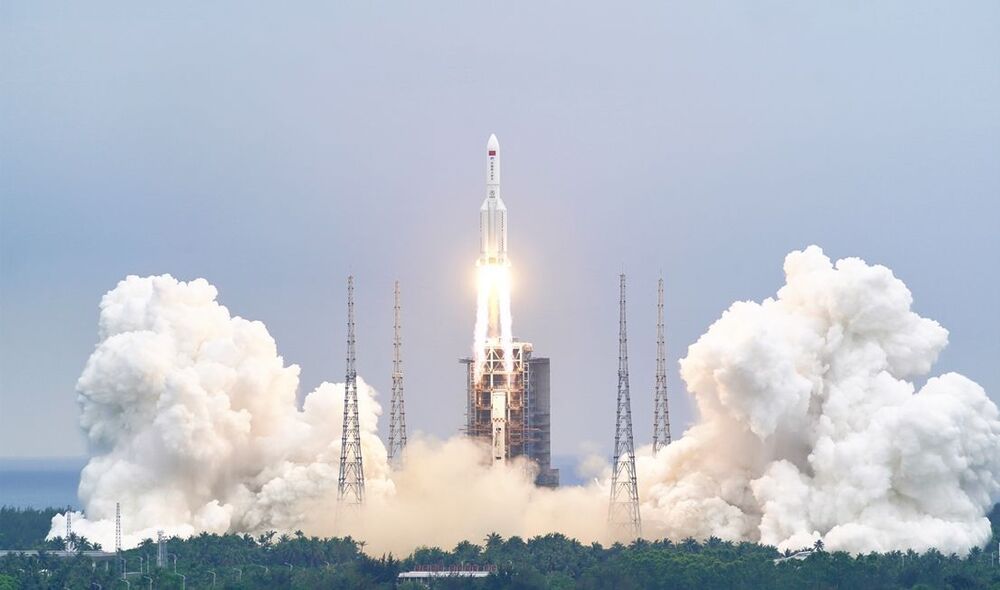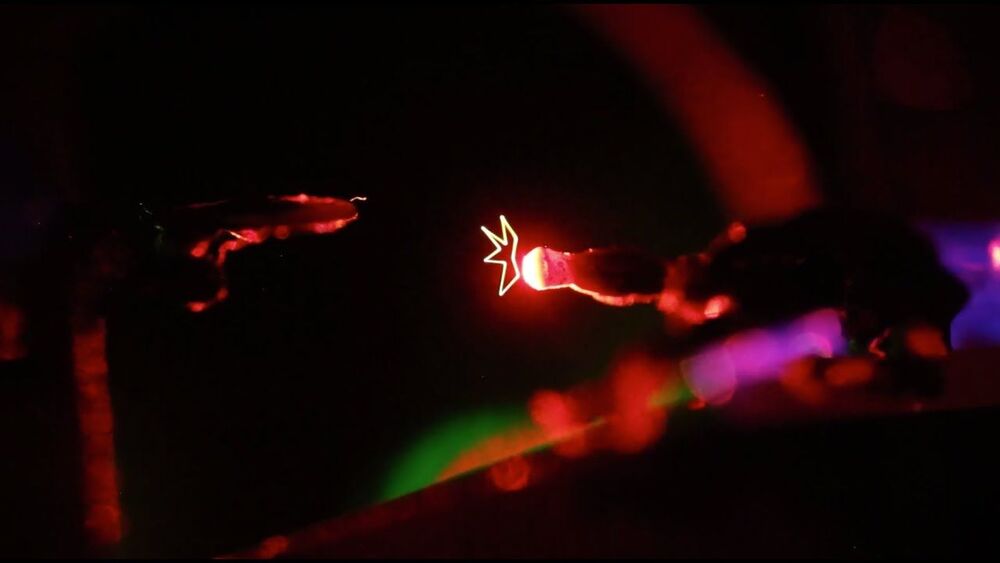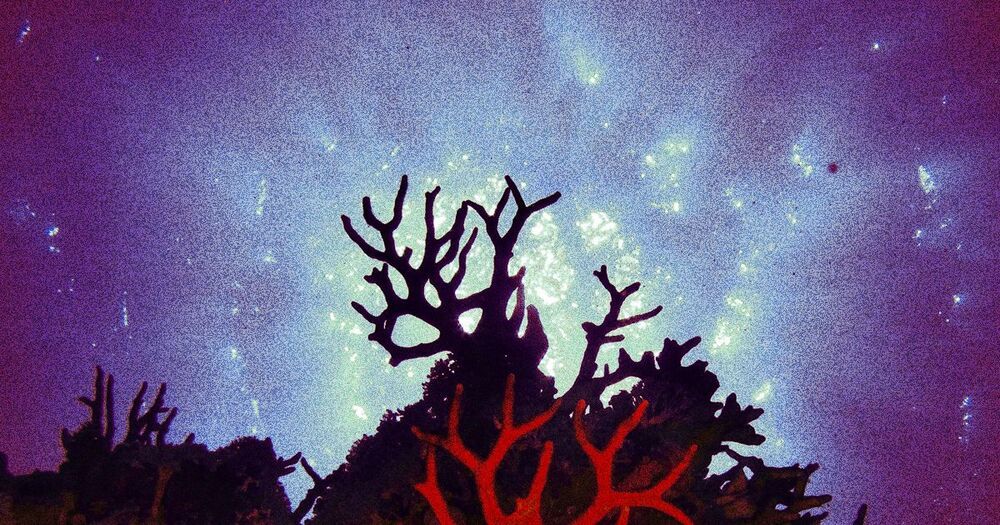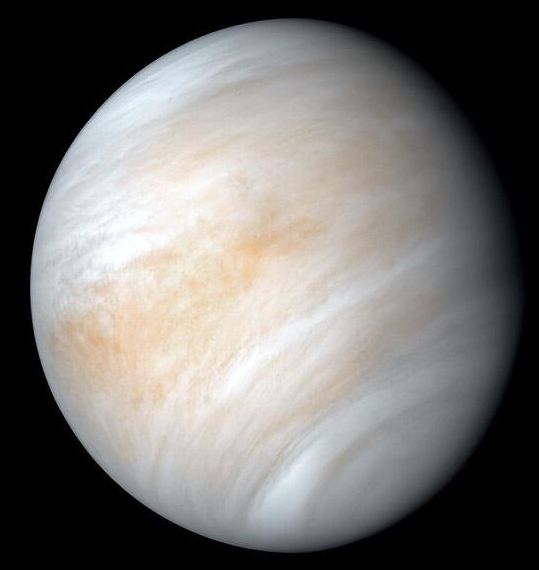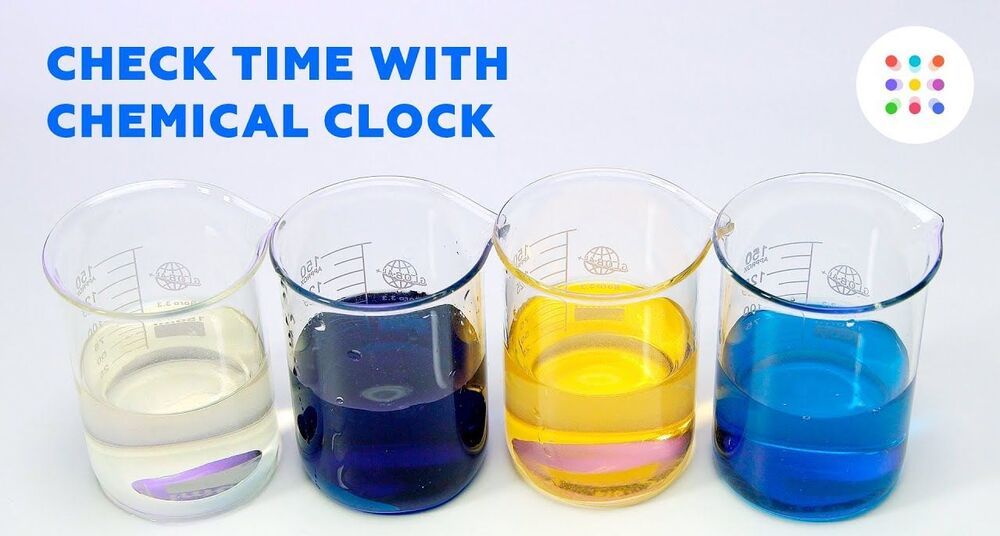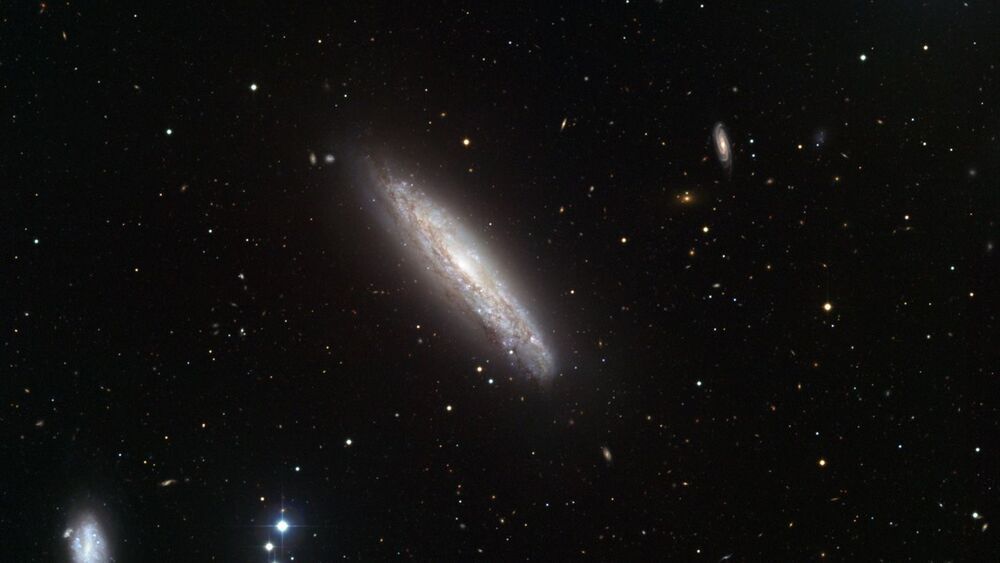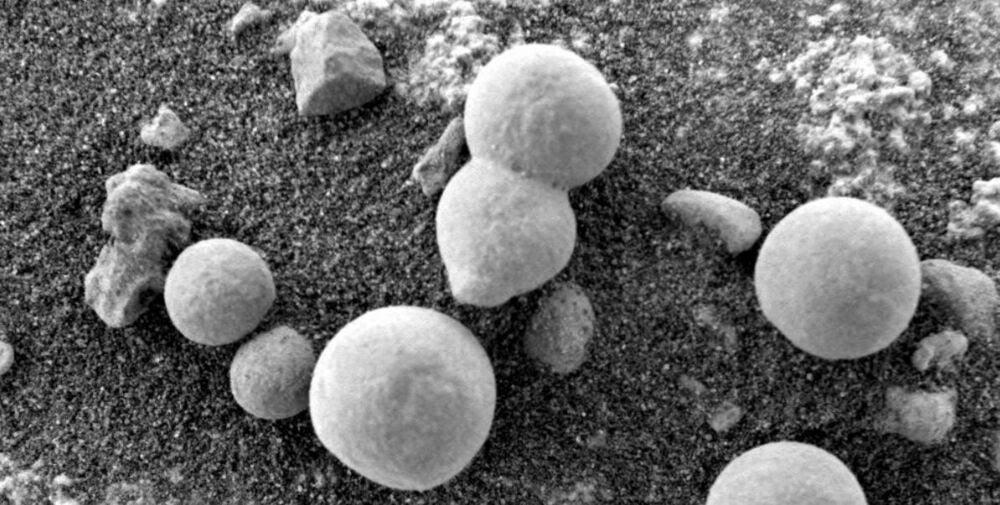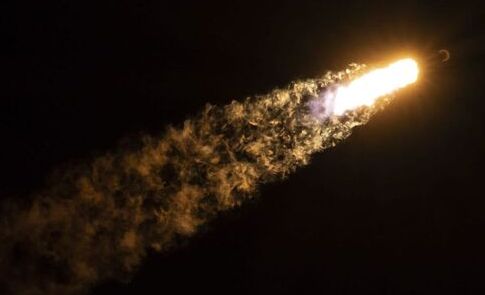The 23-ton core stage of a Chinese Long March 5B booster crashed back to Earth Saturday night (May 8), ending 10 controversial days aloft that captured the attention of the world.
Researchers from Utah have figured out how to use lasers to create sci-fi-style holograms inspired by phasers from ‘Star Trek’ and lightsabers from ‘Star Wars.’
Large numbers of species are fleeing their usual habitats and becoming invasive species elsewhere.
These days we tend to give the Renault Fluence Z.E. the honor of being the world’s first mass-production electric car. Others point to the Leaf, as it was the first one to be successful. And the vast majority of us tend to credit Tesla with the birth of the electric car revolution.
What did Jeff Wilke, among key Amazon executives trusted by Jeff Bezos, do first after leaving the technology giant? Learn a creative computer coding skill.
15 years of radar measurements provide new information on planet’s spin, internal structure.
Venus is an enigma. It’s the planet next door and yet reveals little about itself. An opaque blanket of clouds smothers a harsh landscape pelted by acid rain and baked at temperatures that can liquify lead.
Now, new observations from the safety of Earth are lifting the veil on some of Venus’ most basic properties. By repeatedly bouncing radar off the planet’s surface over the last 15 years, a UCLA-led team has pinned down the precise length of a day on Venus, the tilt of its axis and the size of its core. The findings are published in the journal Nature Astronomy.
Chemical clock
Posted in chemistry
Do you like unusual clocks? We’re sure you’ll love this one!😍
This experiment is not included in the MEL Chemistry subscription and should be performed only by professionals–we just love showing you the beauty of chemistry💙 For cool and safe experiments to do at home, sign up for MEL Science here: https://mel.sc/s0X/
A rare glimpse of a star before it exploded in a fiery supernova looks nothing like astronomers expected, a new study suggests.
Images from the Hubble Space Telescope reveal that a relatively cool, puffy star ended its life in a hydrogen-free supernova. Until now, supernovas without hydrogen were thought to originate only from extremely hot, compact stars.
The discovery “is a very important test case for stellar evolution,” says Sung-Chul Yoon, an astrophysicist at Seoul National University in South Korea, who was not involved in the work. Theorists have some ideas about how massive stars behave right before they blow up, but such hefty stars are scant in the local universe and many are nowhere near ready to go supernova, Yoon says. Retroactively identifying the star responsible for a supernova provides an opportunity to test scenarios of how stars evolve right before exploding.
Scientists believe these photos show mushrooms on mars—and proof of life.
Could there be mushrooms on Mars? In a new paper, an international team of scientists from countries including the U.S., France, and China have gathered and compared photographic evidence they claim shows fungus-like objects growing on the Red Planet.
A Falcon 9 rocket and 60 more Starlink internet satellites set for launch early Sunday at Cape Canaveral will mark the first time SpaceX has flown a first stage 10 times, reaching a milestone that the company once said could be a limit for reusing boosters. Now SpaceX plans to keep flying reused rockets on Starlink missions until one fails.
The mission Sunday is set for liftoff at 2:42 a.m. EDT (0642 GMT) from pad 40 at Cape Canaveral Space Force Station, Florida. Nine kerosene-burning Merlin 1D engines will power the Falcon 9 rocket northeast from Florida’s Space Coast, following a trail blazed by 26 previous dedicated Starlink missions.
There is an 80 percent chance of good weather for launch at Cape Canaveral, according to the 45th Weather Squadron at Patrick Space Force Base. There is also a good chance of favorable upper level winds and acceptable conditions in the Falcon 9 booster’s downrange recovery area in the Atlantic Ocean.
